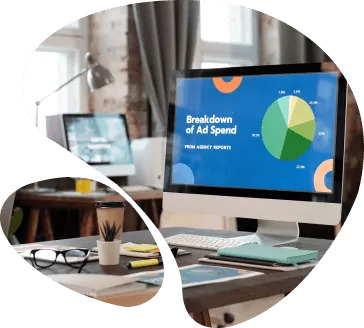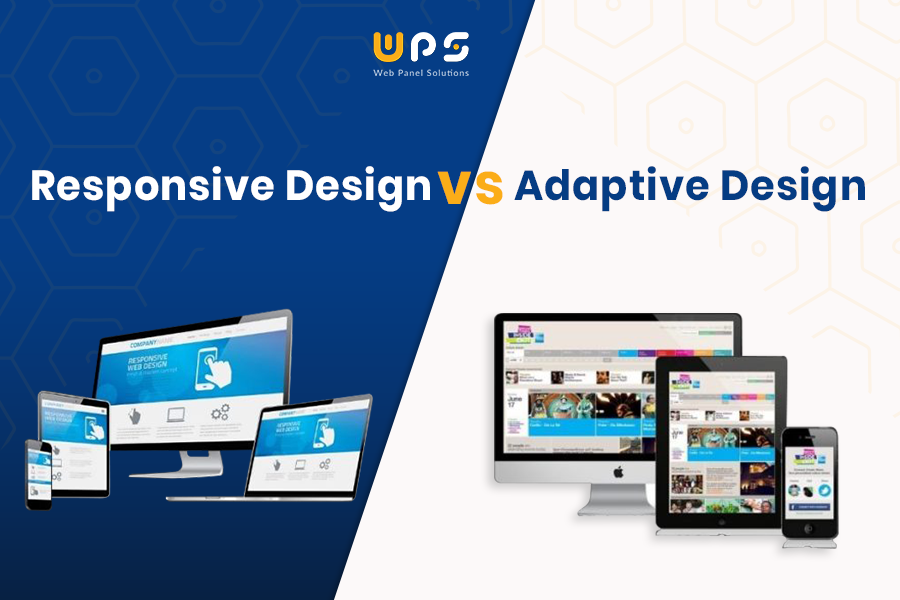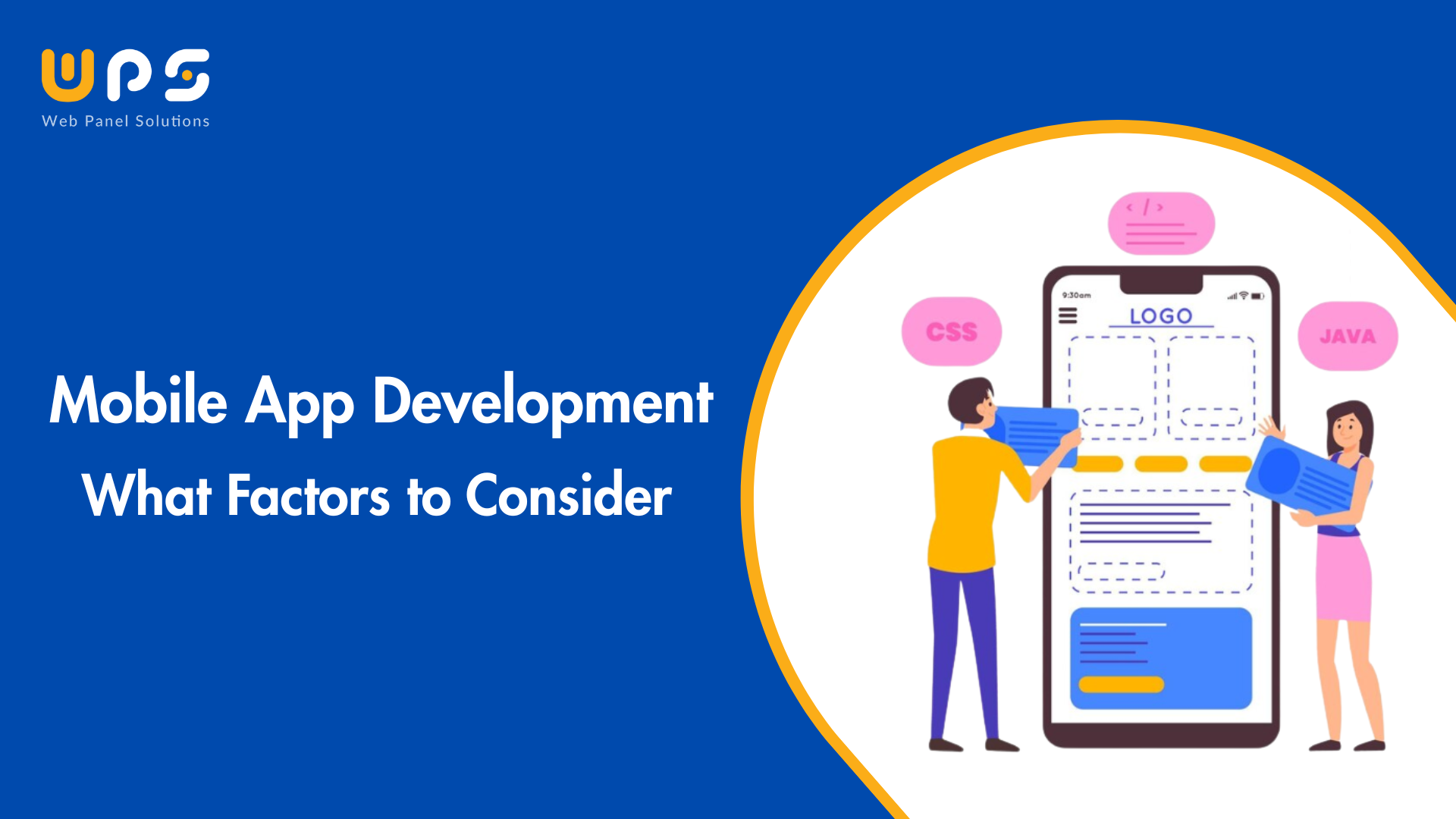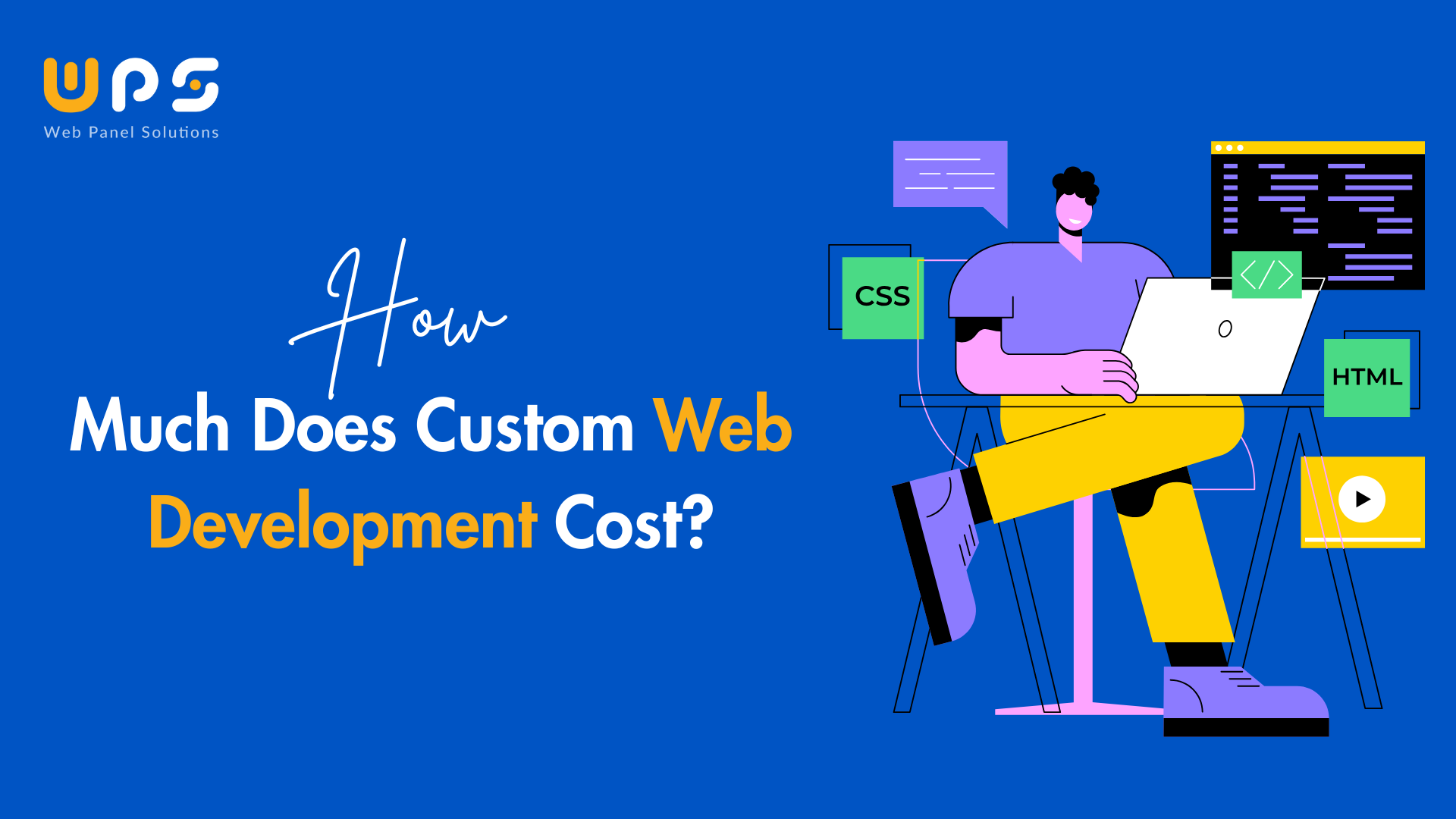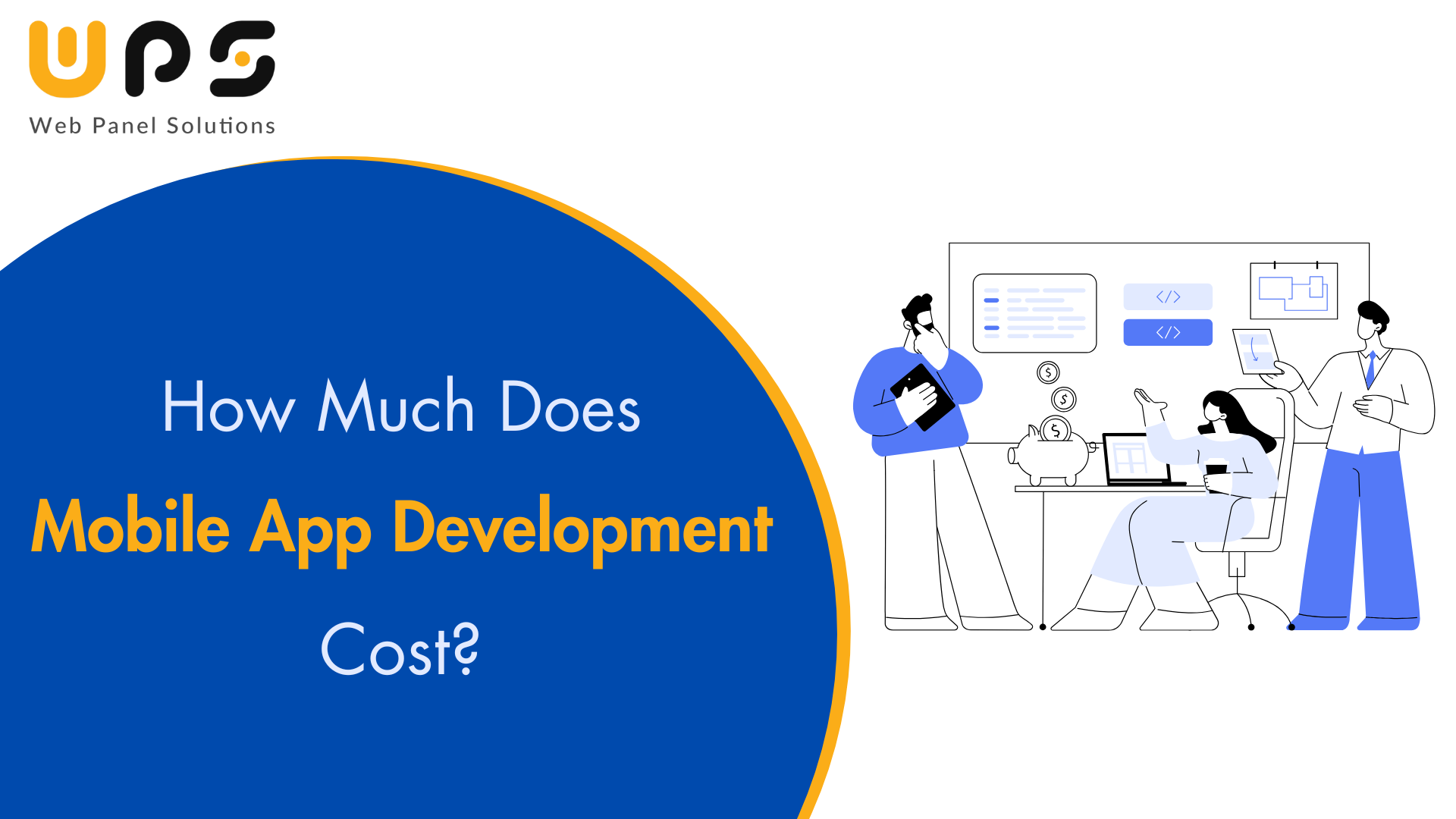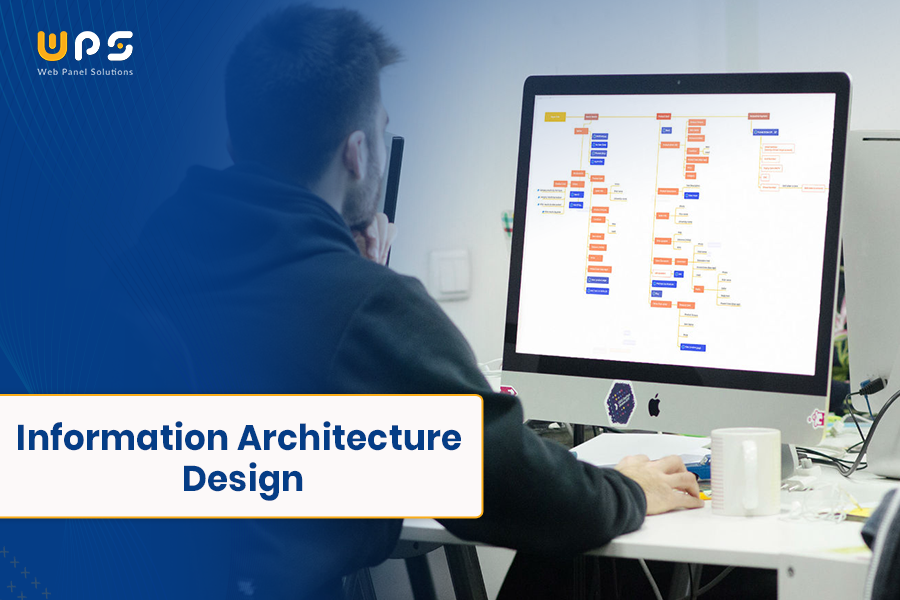Responsive Design vs Adaptive Design: Know the Differences
4 min read
08th October, 2024
In digital development, the vital factor is to ensure that websites are friendly to users across various devices. Due to the enormous variety of screens and their resolution this is often a challenging issue to decide which design approach is the correct one.
This brings us to two popular strategies: specifies two concepts as responsive design and adaptive design. But what one do you pick? In reality, businesses are going towards responsive website design services, however knowing both the concepts is important. In this blog post, we will therefore be comparing responsive and adaptive design, their advantages, and how you can determine the right one for your site. Let's get started.
Understanding Responsive Design
Responsive design is an approach where a single layout is developed, which is quite responsive to the range of link sizes and porch hours. This is done by making use of CSS media queries and the flexible grid as well as the responsive images. Here are some of the key characteristics of responsive design:
- Fluid Grid Layout: Uses relative units, such as percentages instead of Relative units such as pixels for the layout to adjust with the size of the screen.
- Media Queries: Allow for the use of these styles depending on the parameters such as width, height, and resolution of the devices being used.
- Flexible Media: Makes sure the images and other objects or forms fit the relations of their container.
Benefits of Responsive Design:
- Consistency: Prescribes a consistent view of the user across multiple devices.
- Maintenance: Easier to update since there is just the layout rather than having to control all the layouts.
- SEO Friendly: Google has made suggestions that use of responsive design can enhance the rankings on search engine results.
For responsive website design services, contact Web Panel Solution.
Understanding Adaptive Design
Adaptive design is more different than the above discussed techniques as it uses fixed layout for various screen sizes. Anytime a user visits the site, depending on the device he/she is using, the server returns the correct layout. Key characteristics of adaptive design include:
- Multiple Fixed Layouts: Mostly intended for a fixed number of widths of screened (for instance, 320px, 480px, 760px, 960px, 1200px).
- Device Detection: Called in scripts to determine the device and load the right layout.
- Tailored Experience: Each layout is optimized for the specific screen size it targets.
Benefits of Adaptive Design:
- Performance: Is able to be faster as the layout optimized for each device is delivered to the user.
- Control: Gives the designers more control over the design on various devices.
- Compatibility: Supports better the older devices with specific layouts.

Key Differences Between Responsive and Adaptive Design
Design Approach:
- Responsive Design: Responsive web design that changes according to the layout of a device screen, justifying for screens of any orientation.
- Adaptive Design: Fixed and particular, it is changing by providing a set number of templates.
Ease of Maintenance:
- Responsive Design: This is easily manageable since all the equipment or tools that will be used have a single codebase and format.
- Adaptive Design: Must be maintained more often due to layouts present in an actual space.
Performance:
- Responsive Design: May take longer to load because of that flexibility.
- Adaptive Design: Possibility of faster page loading time with device oriented designs.
User Experience:
- Responsive Design: Ensures the customers always get a similar experience regardless of the device they are using.
- Adaptive Design: Potentially may allow for treatment personalisation but at the same time can be quite inconsistent.
Which One Should You Choose?
It is worth choosing between responsive website design services and adaptive design, the choice depends on the specific conditions and possibilities. Consider the following factors:
- Budget and Resources: The responsive design may be cheaper than the adaptive simply because it uses only one layout while the latter can use several layouts.
- User Base: For example, if the target group is using all kinds of devices then the same layout is provided by the responsive design. Responsive design can be useful if you have several fixed devices in mind.
- Performance Needs: Each of them is beneficial for a different reason; adaptive design will utilize the knowledge about the nature of the used device to provide higher performance, and, on the other hand, responsive design will ensure compatibility with most devices.
- Content Management: The responsive design is easier for content management with a single layout than the adaptive since updates may need to be applied to multiple layouts.
Conclusion
Responsiveness and adaptability are not mutually exclusive options so there is no clear-cut decision to make here. Each has its advantages and disadvantages, and it is very important to choose depending on goals, target audience, and available possibilities for the specific website.
Less changes can be made on the website while still being able to suit a wide range of devices, making responsive design the best option. Adaptive design gives control and fine-tuning for particular gadgets, and it will contribute to the general user experience with these gadgets.
Knowing the difference and advantages of both, you would be able to make a right decision that would make your website to be visually appealing as well responsive to the screens. Are you getting ready to design a functional and beautiful website? Depending on your preference stated above, get going and start designing from one of the approaches mentioned above. Whether you choose responsive design, or adoptive design, contact Web Panel Solution for any help. We offer custom website design services.



